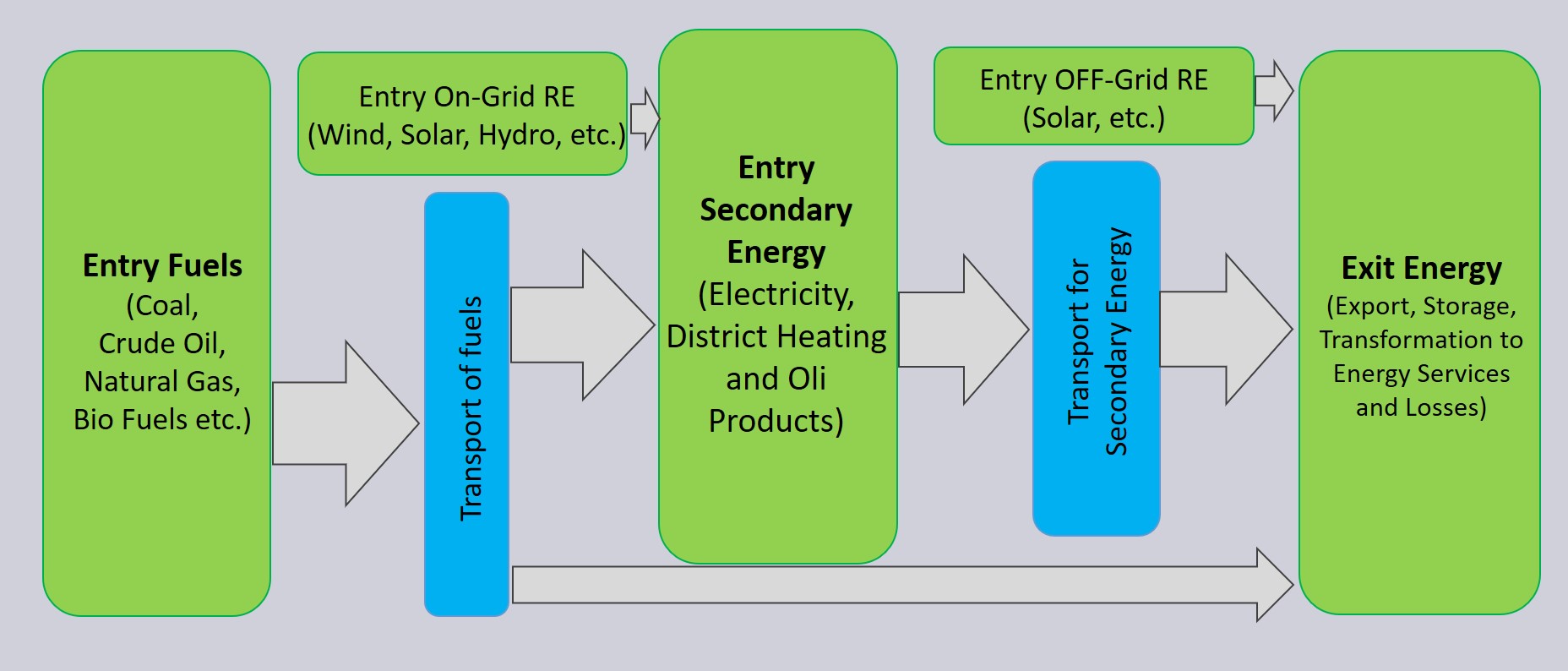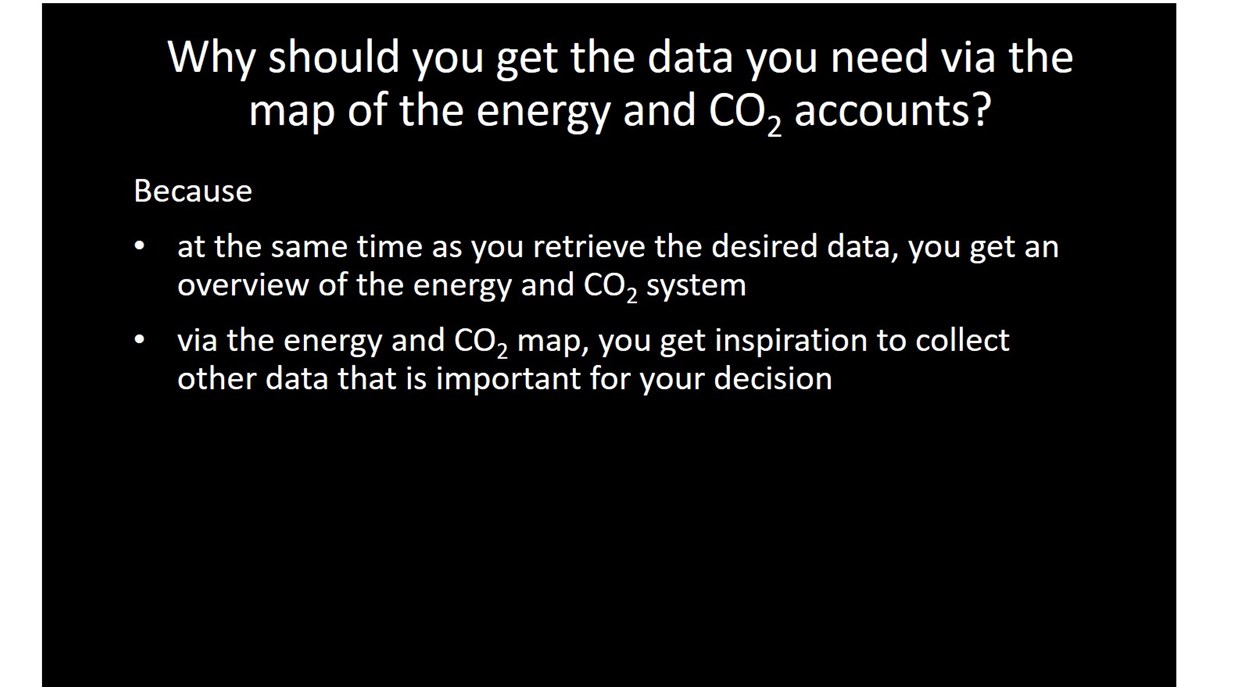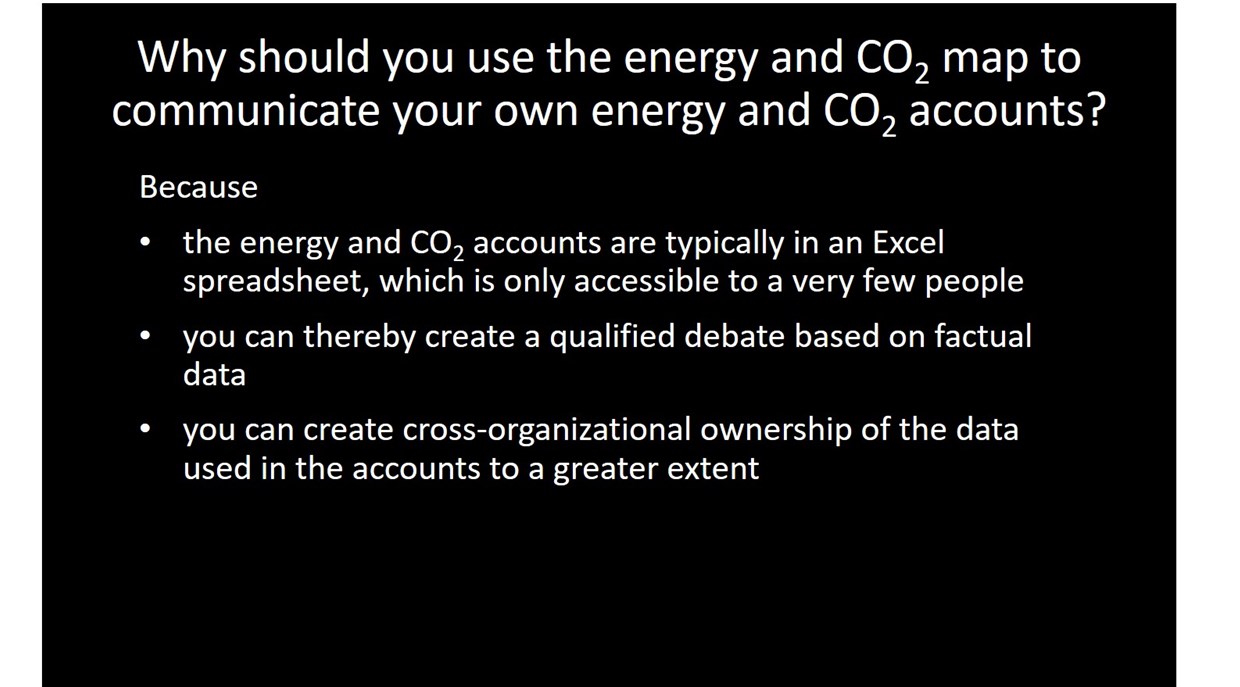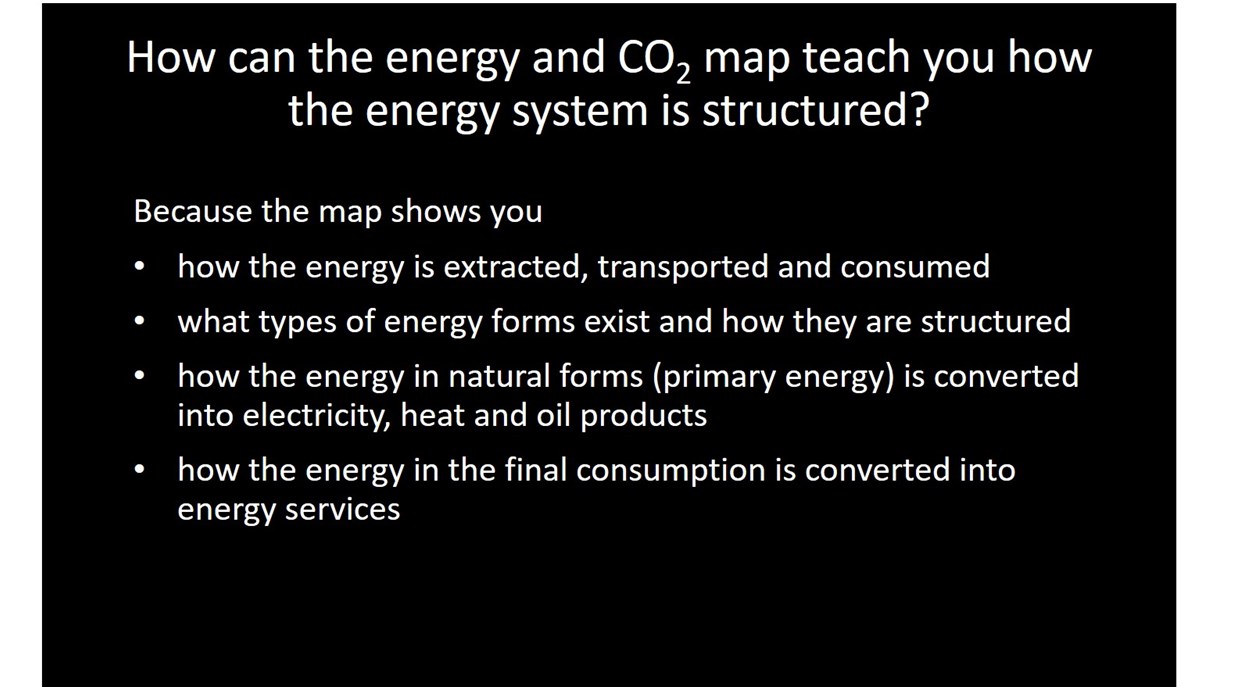The Energy Accounts must be the focal point of The Green Transition
Ordinary spreadsheets with energy accounts are typically used for the purpose of looking at the development of some few important key figures such as CO2 emissions, Renewable Energy shares, etc. These energy accounts are not designed in a way which provides insight into the structure of the energy system. Therefore, the energy accounts are only known to quite a few people.
Nevertheless, the energy accounts have the potential to be known and used by many, as a focal point for the green transition. But it requires that the structure will be expanded with knowledge of how the energy system works, and in a way where all important players can see themselves in the accounts. These requirements are built into the e2g format of the energy accounts, and the e2g energy accounts therefore have the potential to raise the energy accounts to a level where it becomes the focal point of the green transition.

Why you need to spend time understanding the e2g map
The Energy-Together map (e2g map) is unique. It contains knowledge surrounding the structure of the energy system. It has the same purpose as a geographical map, in this instance to navigate the energy system. At first glance, the e2g map may seem confusing, but so would a geographically map if you did not know the signature. Once you get to know the map you will be able to easily navigate all types of energy systems. Therefore, take some time to watch the videos where you can get to know the e2g map












